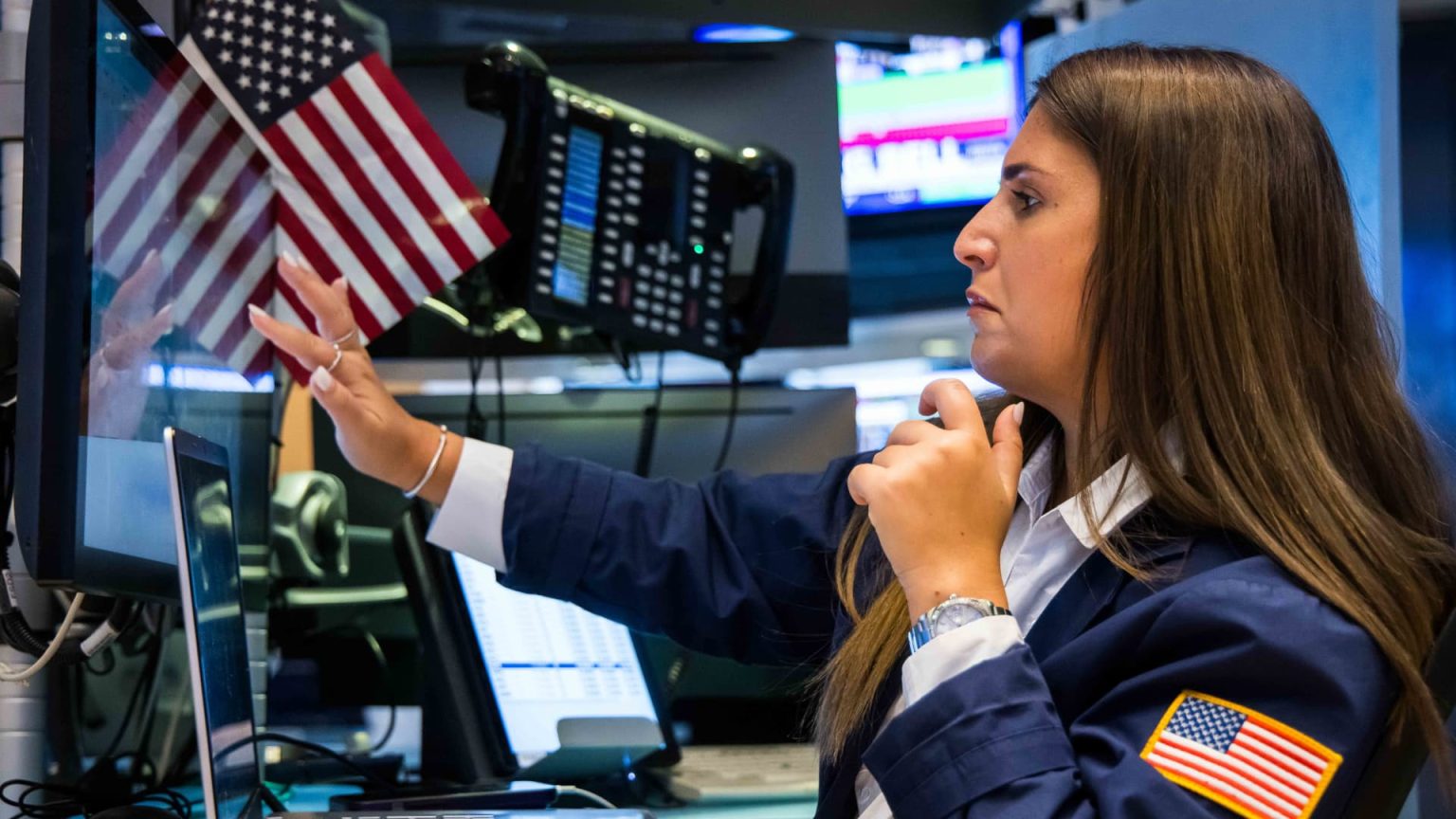Stock futures rose slightly on Sunday evening as Wall Street prepared for the start of the second quarter. Futures tied to the Dow Jones Industrial Average added 110 points, or 0.3%, while S&P 500 futures and Nasdaq-100 futures gained 0.3% and 0.5%, respectively. The personal consumption expenditures price index, released Friday during the market closure for Good Friday, showed inflation rose 2.8% in February, in line with expectations. The inflation gauge closely watched by the Federal Reserve also rose 0.3% from a month ago, according to the Commerce Department. Giuseppe Sette, Toggle AI’s co-founder and president, noted that progress on inflation is slow-moving and suggested that this data could impact the Fed’s future rate decisions.
The major averages are coming off a winning first quarter, with the S&P 500 jumping 10.2%, the Dow Jones Industrial Average adding 5.6%, and the Nasdaq Composite popping 9.1%. Markets also wrapped up a winning March and their fifth consecutive positive month, with the S&P and Dow rising 3.1% and 2.1%, respectively. Ongoing bets on artificial intelligence stocks and tailwinds from Nvidia have continued powering the market higher in the new year. The expectation for the start of a rate-cutting cycle from the Federal Reserve later this year has also influenced market sentiment, with markets pricing in a cut as soon as June. Ryan Detrick, chief market strategist at Carson Group, noted that historical data suggests the rally could continue as the S&P has finished higher in most instances following a first-quarter gain of 10% or more.
A busy week of economic data awaits Wall Street, starting with construction spending for February and ISM manufacturing data for March due Monday, with the keynote March jobs report scheduled for release on Friday. The job report will be closely monitored by investors and analysts to gauge the health of the labor market and the overall economy. The data released throughout the week will provide further insight into the recovery and potential challenges facing various sectors. The impact of the ongoing geopolitical tensions and supply chain disruptions on the economy and market performance will also be analyzed as investors assess the prevailing risks and opportunities in the current environment.
Market participants are closely monitoring developments related to the Fed’s monetary policy stance and potential rate adjustments in response to economic data and inflation trends. The recent data on inflation, along with the market’s pricing in of a rate cut later in the year, has raised questions about the central bank’s strategy going forward. The Fed’s approach to managing inflation and supporting economic growth will play a significant role in shaping market sentiment and direction in the coming months. Investors are likely to focus on any statements or signals from Fed officials regarding their outlook on the economy and potential policy changes, which could impact market dynamics and asset prices in the short and long term.
The current momentum in the market, supported by strong first-quarter performances and ongoing positive economic data, has bolstered investor confidence and contributed to the upward trajectory of stock futures. The optimism surrounding the recovery and expectations for continued growth have fueled buying interest and pushed major indices higher. The resilience of the market in the face of various challenges, including inflation concerns and geopolitical uncertainties, reflects the underlying strength of the economy and the adaptability of market participants. Investors will remain vigilant and continue to monitor key economic indicators and developments that could impact market performance and investment decisions in the weeks ahead.
Overall, the outlook for the second quarter and beyond remains positive, with the potential for continued gains in the stock market supported by favorable economic conditions and monetary policy support. As Wall Street navigates through a busy week of economic data releases and earnings reports, investors will assess the evolving landscape and position themselves strategically to capitalize on opportunities and manage risks effectively. The interplay between economic fundamentals, market dynamics, and policy developments will shape market sentiment and drive investment decisions, with a focus on sustainability and long-term growth potential amid changing market conditions and uncertainties.


